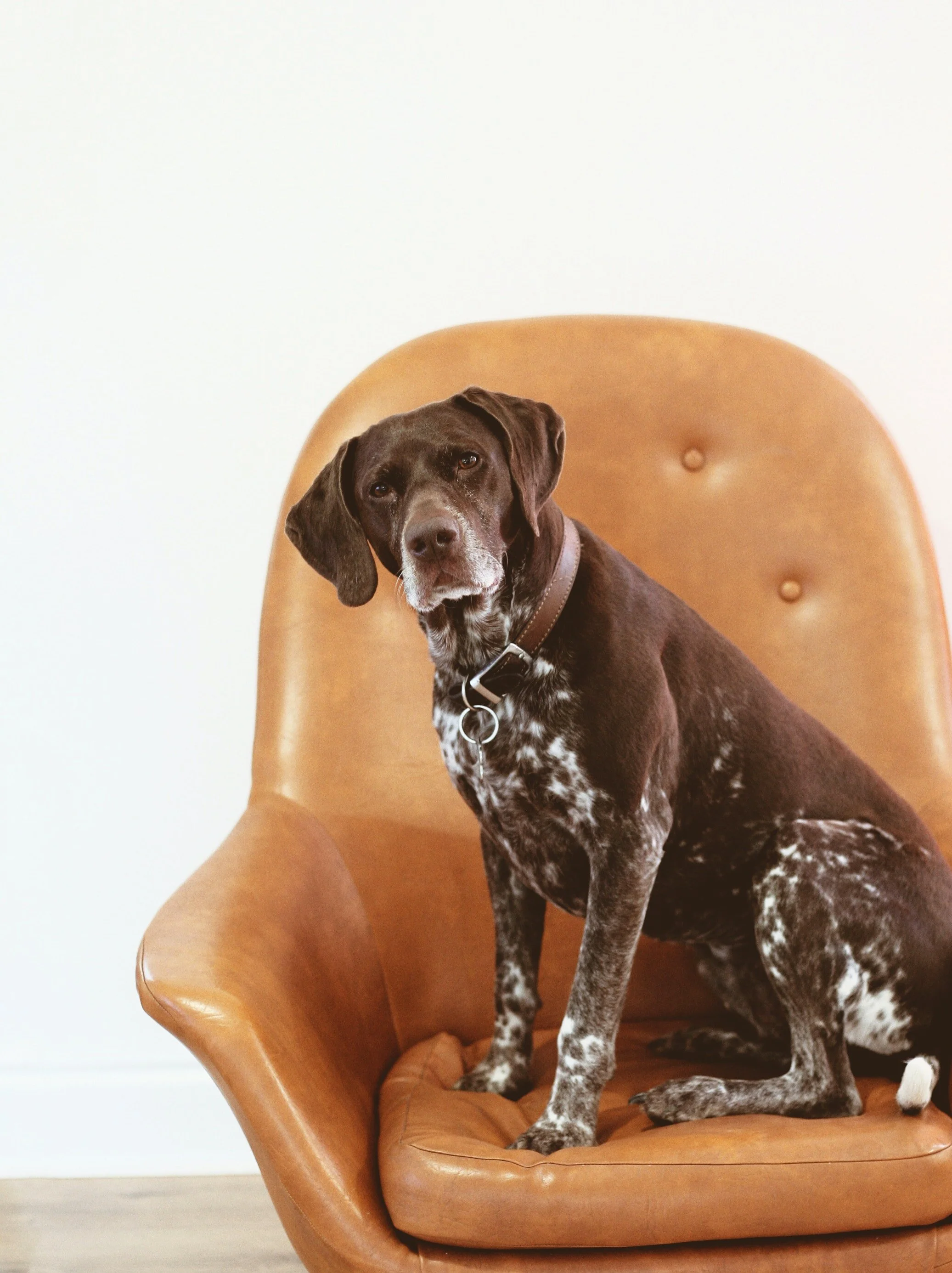Geriatric Vestibular Disease of Dogs and Cats
Geriatric vestibular disease (GVD) is characterized by an acute onset, unilateral failure of the peripheral vestibular system. The cause remains idiopathic, but causes such as neuritis (viral or immune mediated) or atrophy have been hypothesized. A recent study (DOI: 10.1111/vru.12893) by Sungjun Won and Junghee Yoon out of South Korea identified a significant size difference in the utricle, one of the parts of the bony labyrinth in the ear, in dogs with GVD compared older dogs without GVD. Necropsy evaluation has shown a reduction in the size of the peripheral CN 8 and the affected ganglion, further supporting atrophy as a cause. And yet, it is difficult to explain the recovery that most dogs and cats experience 1-6 weeks after onset of signs.
Common Clinical Signs
Animals with GVD are middle age to older dogs and cats and demonstrate peracute onset of signs, often proceeded by vomiting with no progression after 24 hours. These dogs and cats usually have very severe vestibular signs such as head tilt, nystagmus, ataxia (if ambulatory), positional strabismus and rolling/nonambulatory vestibular ataxia. IF you are able to have the animal stand you should not find paw replacement deficits, hemiparesis or obtunded mentation. If you do, the lesion localization is central and a different set of differential diagnoses should be considered.
Differential Diagnoses for Peripheral Vestibular Disease
Not accounting for history, a general list of differential diagnoses for peripheral vestibular disease would be as follows:
Degenerative: none
Anomalous: none
Metabolic: hypothyroidism
Neoplasia/nutritional: Yes (lymphoma, nerve sheath tumor)
Infectious/Inflammatory/Idiopathic: Yes (neuritis and geriatric vestibular disease)
Trauma/Toxin: Metronidazole SHOULD be central, but it may be difficult to tell in a recumbent animal. Trauma - less common in dogs and cats.
Vascular: none.
Geriatric vestibular disease is diagnosed by exclusion at this time. Although the report referenced above does provide measurements for the utricle on MRI, it is not yet a diagnostic marker for GVD. Exclude all other causes using chest x-rays, blood work including T4, brain MRI and spinal tap if needed.
Treatment?
This is a self-resolving disease. The head tilt is commonly permanent, but all other signs of vestibular disease should resolve over several weeks. Signs begin to improve 24-48 hours after onset of signs but may take up to 1 week to show improvement. Full resolution of clinical signs should be by 6 weeks. If signs wax and wane, or progressive worsen, GVD is not the proper diagnosis. Supportive care such anti-emetics. diazepam or meclizine for anti-vertigo effects, and nutritional support such as hand feeding (only when sternal!) , may be used. IV fluids may be needed for severe or prolonged nausea.
Prognosis
Don't euthanize these pets in the first 24 hours! They look miserable...but they can recover with time and supportive care. This can be very difficult for clients to witness and, because the pets are elderly, may result in a triggered response to consider euthanasia. If you can, please hang in there for a few days even if that means hospitalization. Signs may occur multiple times over the animals' life.
Thanks for reading! This TidBit Tuesday was prompted by one of you so keep those suggestions coming! If there is something you'd like to read about, chances are that someone else is also interested too.
My hours are changing the last week of August due to school starting. As always, please let me know if you cannot find an appointment time through the online scheduler.
Have a great week!

